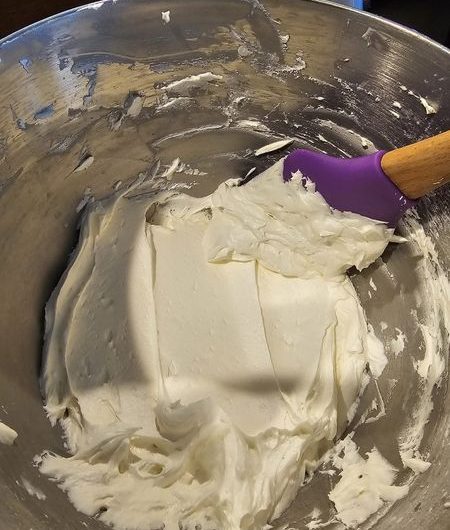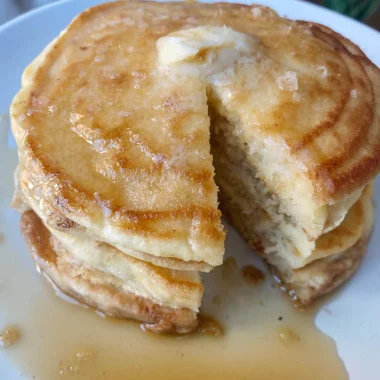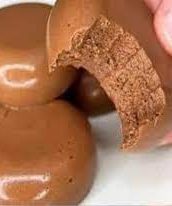Swiss Meringue Buttercream (SMBC) is a game-changer when it comes to frosting your cakes and desserts. Its luxurious texture, balanced sweetness, and versatility make it a favorite among bakers. Unlike traditional American buttercream, which is heavier and sweeter, SMBC is light, fluffy, and melts in your mouth. This frosting is perfect for piping intricate designs, decorating cupcakes, or creating a smooth finish on cakes.
Whether you’re a beginner or an experienced baker, this guide will walk you through everything you need to know about making the perfect Swiss Meringue Buttercream.
Why Swiss Meringue Buttercream?
SMBC stands out because it strikes the perfect balance between sweetness and creaminess. It uses egg whites to create a silky, glossy base, which is then transformed into a stable and buttery frosting. It’s less sweet than American buttercream and much easier to work with than whipped cream frosting. Plus, it’s versatile—you can flavor and color it to suit any occasion.
Essential Ingredients for Swiss Meringue Buttercream
- Egg Whites
Use fresh egg whites for the best results. Fresh eggs whip up better compared to carton egg whites. Save the yolks for other recipes like custards or crème brûlée.
Pro Tip: Eggs are easier to separate when cold but whip better at room temperature. Separate them in advance to achieve optimal elasticity. - Granulated Sugar
Regular granulated sugar is key for this recipe as it dissolves into the egg whites when heated. Avoid using powdered sugar—it won’t yield the same glossy meringue. - Unsalted Butter
Room temperature butter is essential for creating a smooth and creamy consistency. Using unsalted butter ensures you have full control over the flavor. Cut it into tablespoon-sized pieces for easy incorporation. - Vanilla Extract
Choose high-quality pure vanilla extract for the best flavor. You can substitute with almond, lemon, or even coffee extracts for unique variations. - Salt
A pinch of salt balances the sweetness and enhances the overall flavor.
Step-by-Step Process to Perfect Swiss Meringue Buttercream
Step 1: Preparing the Egg Whites
- Combine egg whites, granulated sugar, and a pinch of salt in a heatproof bowl.
- Whisk lightly to combine.
Step 2: Heating the Mixture
- Place the bowl over a pot of simmering water (double boiler setup). Ensure the water doesn’t touch the bottom of the bowl.
- Heat the mixture, whisking occasionally until the sugar dissolves completely. To test, rub a small amount between your fingers—if it feels smooth and not grainy, it’s ready. Alternatively, use a thermometer to check for 160°F (71°C).
Step 3: Whipping the Meringue
- Transfer the heated mixture to a stand mixer fitted with a whisk attachment.
- Whip on medium-high speed until stiff, glossy peaks form and the mixture cools to room temperature.
Step 4: Adding the Butter
- Switch to the paddle attachment. With the mixer on low, gradually add butter, one tablespoon at a time. Allow each piece to fully incorporate before adding the next.
- Continue mixing until the buttercream looks smooth and silky. If it appears curdled, keep mixing—it will come together.
Step 5: Flavoring and Coloring
- Add vanilla extract or your desired flavoring. If you want colored buttercream, mix in gel food coloring at this stage. Gel colors are preferred as they don’t alter the consistency.
Step 6: Using or Storing
- Transfer the buttercream to a piping bag or container. Use immediately or store in the fridge for up to two weeks. If refrigerated, bring it to room temperature and re-whip before using.
Tips and Tricks for Success
- Clean Equipment
Grease or residue in your bowl can prevent the meringue from whipping properly. Wipe everything with lemon juice or vinegar before starting. - Don’t Panic Over Curdling
It’s normal for the mixture to look soupy or curdled during the butter incorporation step. Just keep mixing—it’ll smooth out. - Temperature Matters
Both the meringue and butter should be at room temperature for a seamless blend. If the butter is too cold, the mixture will clump. If it’s too warm, the buttercream will be too soft. - Fixing Troubles
- If the buttercream stays curdled after extended mixing, warm the sides of the bowl gently and continue whipping.
- If the buttercream becomes too soft, chill it briefly and then re-whip.
- Humidity Warning
SMBC contains butter, which makes it sensitive to heat and humidity. Keep it cool for best results.
FAQs About Swiss Meringue Buttercream
- What’s the difference between SMBC and American Buttercream?
SMBC uses egg whites and granulated sugar, resulting in a lighter texture. American buttercream relies on powdered sugar, making it denser and sweeter. - Can I freeze SMBC?
Yes, you can freeze it for up to three months. Let it thaw in the fridge overnight, bring to room temperature, and re-whip before use. - Can I flavor it?
Absolutely! Swap vanilla extract for other flavors like almond, coffee, or citrus. - Why is my buttercream melting?
This is likely due to warm temperatures. Chill it to firm up, or work in a cooler environment.






